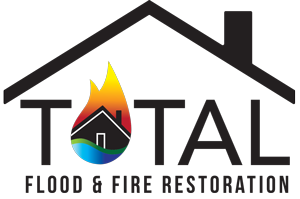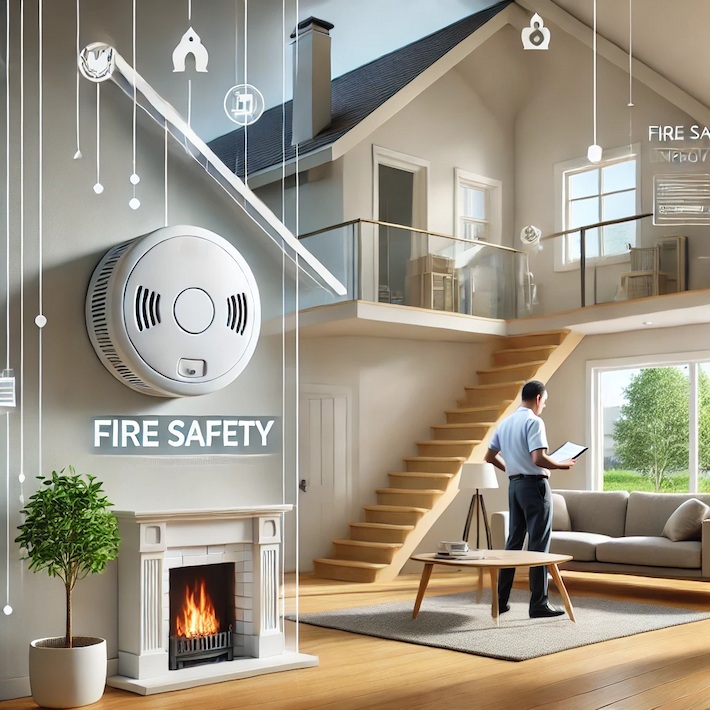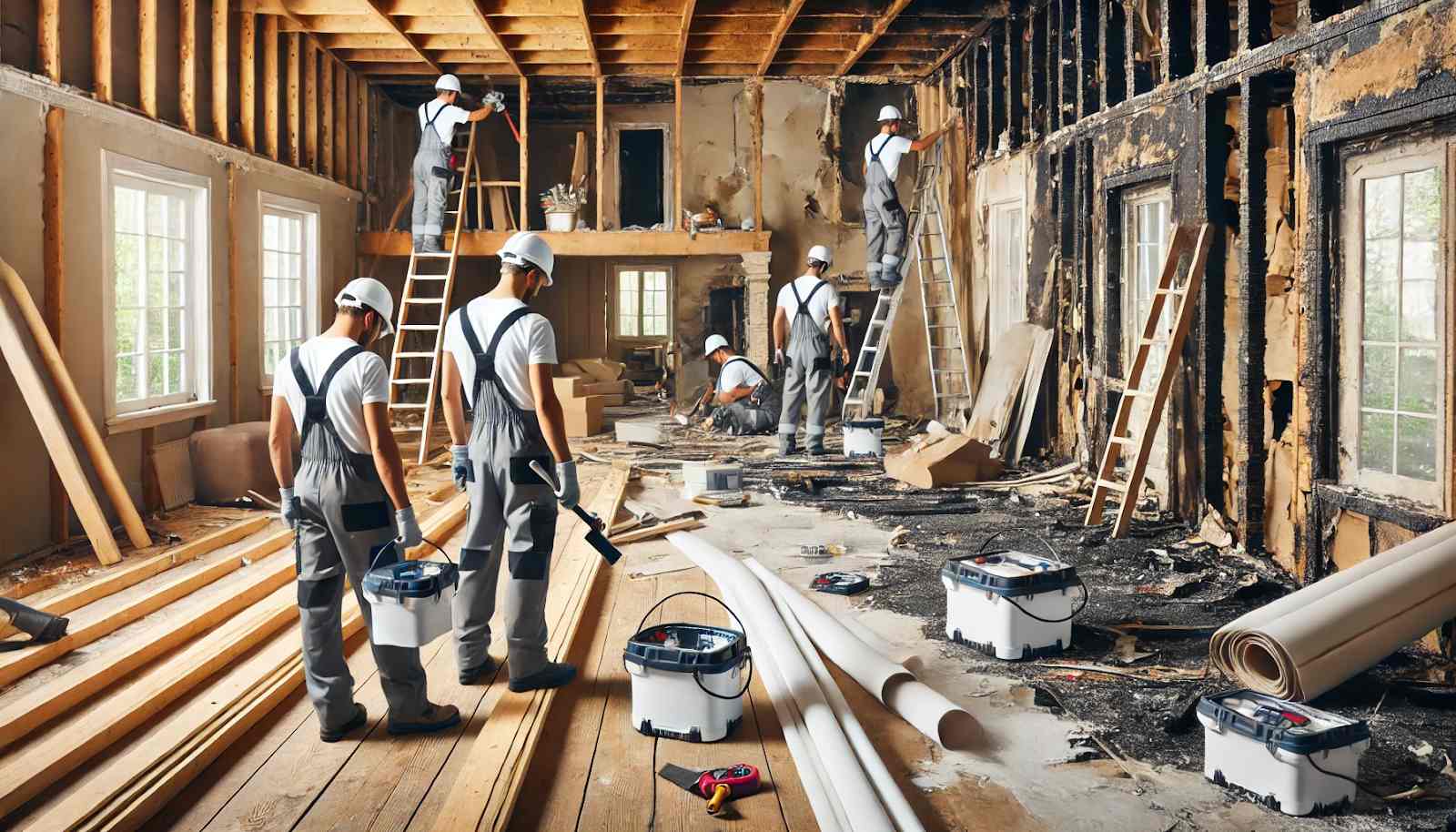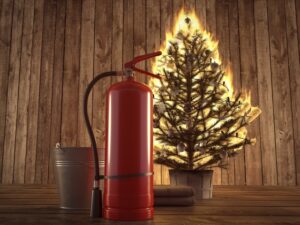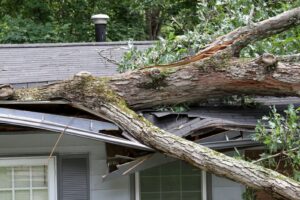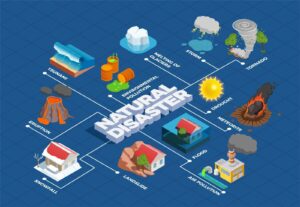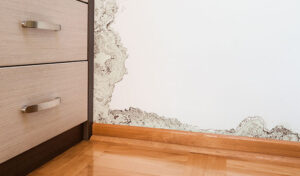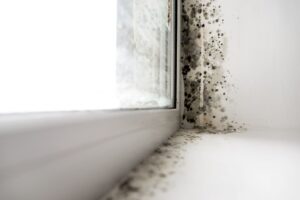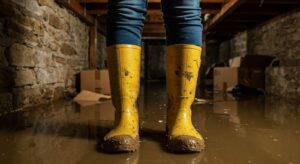Preventing future fires starts with a thorough reassessment of your home. After experiencing a fire, you need to identify risks, strengthen weak points, and upgrade fire safety measures to avoid future disasters. Fires often expose hidden hazards, such as faulty wiring, flammable materials, or inadequate fire prevention systems.
Addressing these vulnerabilities helps protect your home and loved ones.
Inspect damaged areas, reinforce fire-prone spaces, and invest in better fire safety tools. This guide provides practical steps to fortify your home, reduce risks, and create a safer living environment.
Evaluating the cause of the fire
Understanding the cause of a fire helps prevent another disaster. Review the fire department’s report to pinpoint where and how it started. Identify contributing factors like faulty wiring, overloaded circuits, or improperly stored combustible materials. If cooking or heating equipment played a role, adjust maintenance and usage habits to minimize risks.
Fire weakens walls, floors, and ceilings, making them unstable. Inspect for cracks, warping, or charring that signal structural damage. To restore stability, reinforce weakened beams, replace compromised drywall, and repair flooring.
Electrical and HVAC systems also suffer hidden damage. Heat can melt wiring and disrupt circuits, creating unseen hazards. Before restoring power, hire an electrician to inspect outlets, breakers, and appliances. Smoke and soot infiltrate HVAC units, spreading harmful contaminants, so professional cleaning ensures safe operation.
Strengthen your home with fire-resistant upgrades. Use fire-rated drywall, install non-combustible insulation, and replace flooring with fire-resistant materials like tile or concrete. These improvements restore your home and reduce future fire risks, creating a safer environment.
Enhance fire safety in high-risk areas
Kitchen
Stay alert while cooking; never leave food unattended, especially when frying with oil. Keep flammable items away from heat sources and clean grease buildup from stovetops and range hoods. Place a fire extinguisher within easy reach and ensure everyone knows how to use it.
Fireplace and heating units
Schedule annual chimney cleanings to remove creosote buildup, which may cause chimney fires. Keep furniture, rugs, and curtains at least three feet away from fireplaces, space heaters, and radiators. Use space heaters with automatic shutoff features and plug them directly into wall outlets.
Garage and storage
Store gasoline, paint thinners, and propane tanks in their original containers away from heat sources. Keep chemicals away from electrical panels and dispose of oily rags in metal containers with tight-fitting lids to prevent spontaneous combustion. Ensure proper ventilation to reduce flammable fume buildup.
Strengthen fire protection with smart landscaping
Your yard serves as a natural defense against fire. Proper maintenance and fire restoration reduce hazards, slow fire spread, and prevent flames from reaching your home. To improve wildfire resistance, clear dry vegetation, choose fire-resistant plants, and keep debris away from structures.
Create defensible space
Remove dead leaves, branches, and overgrown vegetation. Trim tree branches at least 10 feet from your roof and space out shrubs to prevent flames from spreading. Maintain a fire-safe yard by dividing it into zones:
- Zone 1 (0-5 feet): Keep this area clear of flammable materials like dry grass, firewood, and mulch. Use gravel or concrete instead.
- Zone 2 (5-30 feet): Trim trees, mow grass, and remove dead plants to slow the spread of the fire.
- Zone 3 (30-100 feet): Space trees apart, thin dense vegetation, and create firebreaks using gravel paths, driveways, or irrigated lawns.
Use fire-resistant plants and materials
Plant moisture-rich greenery like succulents, lavender, and maple trees to slow the spread of fire. Replace wood mulch with gravel, decomposed granite, or stone pavers to reduce flammable materials near your home.
Keep gutters and roofs clear
Leaves and pine needles in gutters and on rooftops ignite easily. Clean gutters regularly, install metal guards, and use fire-resistant roofing materials like metal or tile.
A well-maintained landscape acts as a natural fire barrier, reducing risks and protecting your home.
Strengthen fire safety with an escape plan and suppression systems
A well-planned fire escape strategy paired with reliable suppression systems saves lives and minimizes damage. Fires spread fast, leaving little time to react. Preparing in advance ensures your household knows how to evacuate safely and take action before flames escalate.
Create and practice an escape plan
Map out at least two exit routes from every room. Ensure doors and windows open easily, and install escape ladders for second-story rooms. Assign roles to family members — one can assist children, and another can grab pets. Choose a safe meeting point outside, such as a neighbor’s house or a designated landmark, and practice fire drills regularly.
Keep emergency supplies accessible
Store a grab-and-go emergency kit near exits with essentials like flashlights, a first-aid kit, and a battery-powered radio. Keep important documents — IDs, insurance policies, and medical records — in a fireproof safe or folder. Pack an emergency bag with cash, medications, and extra clothing.
Install fire suppression systems for rapid response
Sprinklers
Home sprinkler systems activate instantly when high heat is detected, containing fires before they spread. Professionally installed sprinklers provide optimal coverage and significantly reduce property damage.
Fire blankets and extinguishers
Fire blankets smother small flames quickly, making them ideal for kitchen fires and electrical sparks. Keep them near stoves, fireplaces, and garages. Place fire extinguishers in high-risk areas and train household members to use them effectively.
Smart fire detection technology
Upgrade to smart smoke detectors that send instant alerts to your phone and notify emergency services. Some models detect carbon monoxide and temperature fluctuations, offering comprehensive protection.
Protect your home with expert fire prevention systems and restoration
Rebuilding after a fire goes beyond repairs — it’s about strengthening your home against future fires and other disasters. Taking proactive steps like upgrading fire prevention systems, maintaining defensible space, and educating your household ensures long-term safety. However, true fire protection requires expertise.
Total Flood and Fire Restoration specializes in post-fire recovery and prevention. Our team assesses damage, restores properties, and implements fire-resistant solutions to secure your home. Whether you need structural repairs, air quality improvement, or expert fire safety recommendations, we provide the knowledge and tools to safeguard your home.
Don’t wait for another emergency; reinforce your home’s defenses today. Contact Total Flood and Fire Restoration for expert fire recovery and prevention solutions that give you peace of mind.
